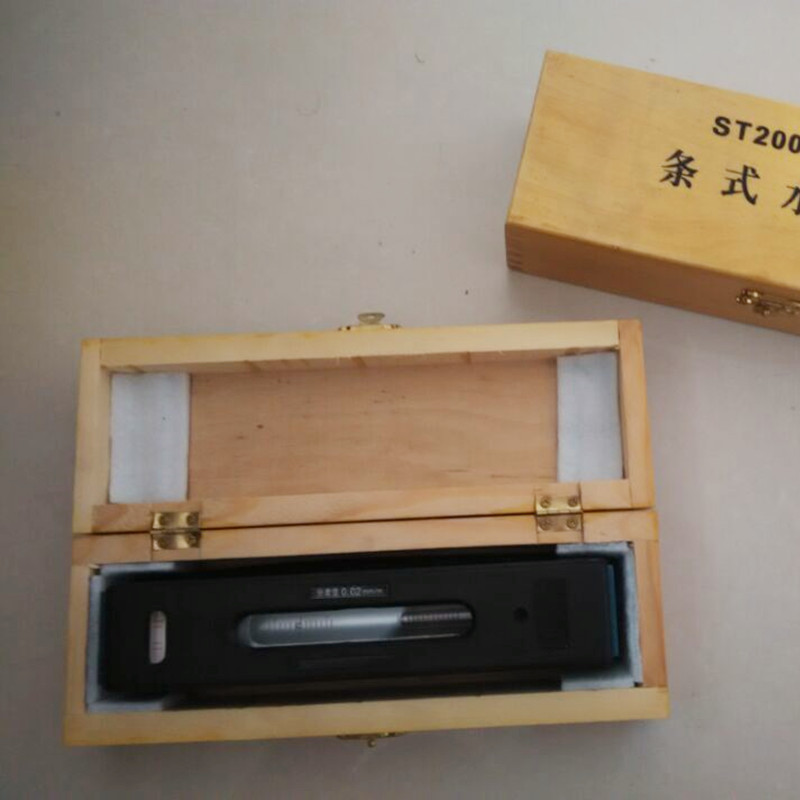Қар . 10, 2024 23:04 Back to list
Understanding Taper Thread Ring Gauges for Precision Measurement and Quality Control
Understanding Taper Thread Ring Gauges
Taper thread ring gauges are essential tools used in the manufacturing and quality control sectors to ensure the accuracy and reliability of tapered threads in various applications. As a specific type of go/no-go gauge, these devices play a crucial role in maintaining the integrity of threaded components, particularly in industries such as oil and gas, automotive, aerospace, and various engineering fields.
What are Taper Threads?
Taper threads are characterized by their gradual reduction in diameter along the length of the thread. This design creates a tight fit and is essential for applications where a secure seal is necessary, such as in piping and fluid systems. Taper threads can provide increased strength and resistance to leakage, making them ideal for high-pressure environments.
Purpose of Taper Thread Ring Gauges
Taper thread ring gauges are specifically designed to check the dimensions and quality of tapered threaded components. These gauges come in two configurations the go gauge and the no-go gauge. The go gauge is used to confirm that the internal thread fits perfectly, while the no-go gauge checks whether the thread is excessive or out of tolerance.
By using these gauges, manufacturers can
1. Ensure Consistent Quality Regularly inspecting threaded components with taper thread ring gauges helps maintain consistent quality across production runs. 2. Reduce Defects Early detection of out-of-spec threads allows for corrective measures before components are used in assembly, reducing the likelihood of defects in the final product. 3. Comply with Standards Many industries have specific standards for thread dimensions and tolerances. Using ring gauges helps ensure compliance with these regulations.
Design and Features of Taper Thread Ring Gauges
taper thread ring gauge

The design of taper thread ring gauges is vital for their accurate performance. They are typically made from high-strength materials such as tool steel or carbide, which provides durability and wear resistance. The gauges are precisely manufactured to ensure that they accurately represent the ideal dimensions of specific taper threads.
Key features of taper thread ring gauges include
- Precision Machining High-quality gauges undergo rigorous machining processes to meet stringent tolerances. This precision ensures that the gauges function effectively for quality control. - Identification Each gauge is clearly marked with its specifications, such as size, thread type, and tolerance class, making it easy for operators to select the appropriate gauge for their needs. - Calibration Regular calibration of taper thread ring gauges is essential to maintain their accuracy. This meticulous attention to detail helps ensure that gauges provide reliable assessments over time.
Applications of Taper Thread Ring Gauges
Taper thread ring gauges find applications across various sectors. In the oil and gas industry, for example, they ensure the integrity of threaded connections used in pipelines and fittings that must withstand high pressures. In the automotive sector, these gauges are employed for components that require secure fastening and vibration resistance, such as engine parts and transmission systems.
In aerospace, where safety and reliability are paramount, taper thread ring gauges play a critical role in maintaining the integrity of threaded assemblies in aircraft. The heavy reliance on quality inspection tools like these underscores their value in preventing failures that could lead to catastrophic consequences.
Conclusion
In summary, taper thread ring gauges are indispensable tools for ensuring the quality and reliability of tapered threaded components. Their ability to confirm compliance with design specifications and to detect potential issues before they escalate makes them essential in various high-stakes industries. As technology evolves, the standards for precision and reliability will only increase, making the continued use and development of taper thread ring gauges crucial for future manufacturing and engineering challenges. Consistently investing in quality control tools like these ensures that industries can maintain high standards and deliver safe, reliable products to consumers.
-
Y Type Strainer Maintains System Efficiency Long TermNewsJul.15,2025
-
Valve Selection Guide for Industrial ApplicationsNewsJul.15,2025
-
Steel Fab Table Provides Durable Work Surface for WeldingNewsJul.15,2025
-
Pad Iron Provides Stable Support for Heavy MachineryNewsJul.15,2025
-
One Inch Check Valve Fits Standard Plumbing SystemsNewsJul.15,2025
-
Measuring Micrometer Ensures Precise Dimensional AccuracyNewsJul.15,2025
Related PRODUCTS









